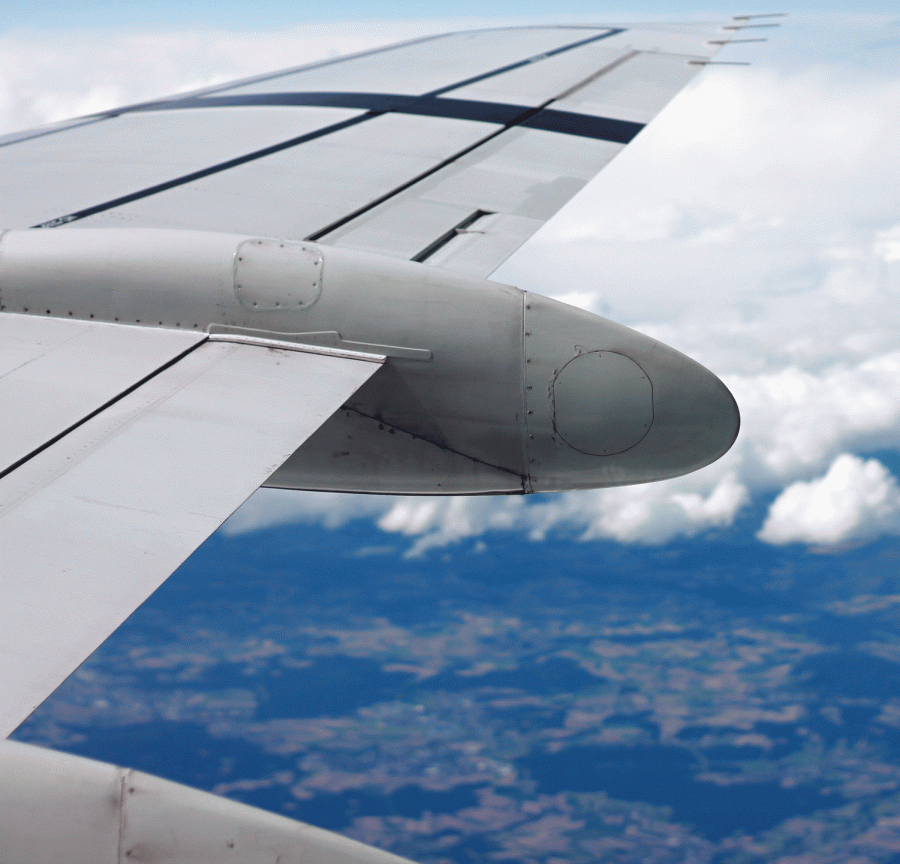Sustainability Column: Spring Break is Breaking the Environment
Flying takes its toll on the environment, emitting large amounts of carbon dioxide. Time to rethink your travel!
Thankfully, spring break is quickly approaching and many of us are rushing to plan last minute trips and getaways with friends and family. It’s not uncommon to hear groups of friends discussing their trips to places like Los Cabos and Florida months in advance. While these trips can obviously leave lasting memories and be some of our most exciting times as college students, it’s important to remember the lasting impact that these trips can also have on our environment.
According to a paper published in Environmental Science and Technology, flying is 50 times worse per mile than driving in terms of a five-year global warming impact. Even with this significance, the airline industry has continued to expand using its ability to offer cheaper flights and better deals. In 2013, air travel was responsible for approximately 16 percent of the $1.5 trillion travel and tourism industry. That’s $240 billion in the United States alone. At Colgate, air travel by faculty, Advancement, Admissions and other departments accounts for roughly 33 percent of the institution’s total calculated emissions, which doesn’t include any air travel by students.
Looking at air travel at a more individual level, the impact is still significant. An online carbon footprint calculator by My Climate approximates that flying from Syracuse to Los Cabos or San Francisco emits 1.4 metric tons of carbon dioxide. This single round-trip flight is equivalent to the annual emissions of a person living in a place like Fiji or Colombia. Clearly, flying has an impact on our environment since it produces vast amounts of emissions that contribute to our warming climate. So, as college students, what can we do to make our spring breaks sustainable?
Keeping sustainability in mind during spring break doesn’t mean that you can’t have the same fun, memorable experiences. There are a number of services currently offered by Colgate that can actually help reduce your carbon footprint when travelling. Shuttles offered by Colgate to the Syracuse Airport promote carpooling, rather than driving your own car or getting a friend to drive you to the airport. The benefits of ridesharing are pretty intuitive – putting fewer cars on the road reduces the amount of emissions entering the atmosphere. Along the same vein, taking an express bus to New York City or carpooling home can reduce your environmental impact.
The Center for Outreach, Volunteerism and Education (COVE) offers Alternative Break trips that are another great way to travel during spring break while keeping your carbon footprint small. This year’s trips are taking students to New York, Delaware, Alabama and Panama. Projects include Habitat for Humanity, partnership development with people with developmental disabilities, service and education related to civil rights and medical assistance. These trips are a great way to make your impact on society big and your impact on the environment small.
Apart from an organized Colgate trip, destinations in central New York offer students the ability to stay local during spring break and still have a memorable time. Niagara Falls, the Catskills, the Adirondacks and the Finger Lakes Region are just several locations within a few hours drive of campus.
The Catskills are roughly two and a half hours southeast of Colgate and their attractions include hiking and museums. The Finger Lakes Region of New York is about two hours west of here and offers a vast number of state parks and vineyards to explore. In the Adirondacks, hiking, kayaking and other outdoor activities are possible. Campgrounds and even cabins come at wallet-friendly prices, and any necessary gear for a trip can be rented from Colgate’s Outdoor Education Rental Center.
I encourage all of us to consider the impact that our spring break trip may be having on the environment. Although it may seem like you have to fly somewhere to have a good time, alternatives are right under all of our noses, and simple choices like taking shuttles or carpooling home can make a difference.





